EDS & Psychological Medical Trauma: An Introduction
[Content warning: trauma, PTSD, mental healthcare, negative clinician behavior, difficult medical encounters]
Have you ever read something that left you speechless? I have so many thoughts and feelings about this article – ones that I can’t express with any sort of coherence at the time.
What I can say: clinicians READ THIS (finger pointing down emoji)
We must ALL do better.
Twitter user Kathryn, who tweets under the handle @kadamssl, tweeted the above on February 12, 2023. She also linked a recently published article about a new study done on patients with hEDS: “Clinician-associated traumatization from difficult medical encounters: Results from a qualitative interview study on the Ehlers-Danlos Syndromes” by Colin M. E. Halverson, Heather L. Penwell, and Clair A. Francomano, published in the June 2023 version of SSM-Qualitative Research in Health.
In the study, the authors performed interviews with 26 patients diagnosed with hypermobile Ehlers-Danlos syndrome. Through the interviews, the researchers found that the current criteria for psychological medical trauma didn’t capture the experiences they were hearing from patients; yet, these patients were deeply traumatized by their encounters with medical providers. Thus, the study authors’ created the term “clinician-associated trauma” to describe the psychological medical trauma hEDS patients experienced. (Author’s note: for the remainder of this article, the phrase “medical trauma” will refer to psychological medical trauma unless it is specifically called out to be referring to physical medical trauma.)
Kathryn received 21 replies to her tweets, 88 retweets, and 251 likes. Not a massive amount in the world of viral tweets, but the people who replied to her and retweeted the article she linked were just as adamant about it:
“For real… A good read if you or someone you love has a [sic] Ehlers-Danlos syndrome,” said @MasterSanityOF
Cindy MacDougall (@Cinmacd) said, “This is an incredibly important study. I can tell you it stretches beyond EDS.” Other users found the themes of the article applied to people with Long COVID, Lyme, ME/CFS (Myalgic Encephalomyelitis/Chronic Fatigue Syndrome), and many others.
Even one of the paper’s authors, Colin Halverson, tweeted, “This was the most emotionally challenging piece I’ve ever worked on, but I think its message is important…”
Dozens, if not hundreds, of other Twitter users replied to and retweeted this article, sharing their stories, their fury, and their despair around medical treatment they had received. Their cries coalesced into one strident message: every doctor needs to read this article.
While the stories the interviewees and authors share are heart-breaking, the importance of the article has more to do with language than medical treatment. If the definition of medical trauma is so narrow that the medically traumatic experiences of people with hEDS don’t fit into it, they may not be able to get a diagnosis and related treatment. The finding of the new area of “clinician-associated trauma” appeared on the scene to do what the current definitions of trauma can’t.
What’s what in the world of trauma?
To understand why “clinician-associated trauma” needed to be created, we need to understand how the medical community—the behavioral health community, specifically—defines trauma, post-traumatic stress disorder (PTSD), and medical trauma.
Trauma-with-a-lower-case-t is defined as a mental or behavioral state that becomes chaotic or erratic due to stress, injury, or an upsetting event (Merriam Webster Online, accessed 7/4/2023). Most people have experienced trauma–the death of a loved one is a common example. These are often seen as trauma we “get through” with time, patience, and help from friends, family, and trusted professionals. The feelings associated with the trauma may never go away completely, but they don’t infiltrate daily life, making it difficult or even impossible to perform essential functions like hygiene, working, and maintaining social relationships.
In behavioral health, if symptoms go beyond what is normally seen as trauma-with-a-lower-case-t, it is then referred to as post-traumatic stress disorder (PTSD). For the diagnostic criteria for PTSD, we turn to the be-all, end-all for definitions and diagnosis in the behavioral healthcare world: the Diagnostic and Statistical Manual of Mental Disorders or DSM. The current version of the book, DSM-V-TR (DSM Five Text Revision), was published in 2022 as a revised and updated edition of the DSM-V, published in 2013.
In the 2017 article “Post-traumatic Stress Disorder in the DSM-5: Controversy, Change, and Conceptual Considerations“, researchers Anushka Pai, Alina M. Suris, and Carol S. North discuss the changes made to the diagnostic criteria for PTSD between DSM-IV and DSM-V (The DSM-V-TR was still five years away from publication.): “PTSD [diagnostic criteria in the DSM-IV-TR] begins with criterion A, which requires [the patient to have] exposure to a traumatic event… criterion A was retained the DSM-V, but it was modified to restrict its inclusiveness.” The criterion was changed in the DSM-V to read “exposure to actual or threatened death, serious injury, or sexual violence.” (Here are links to the PTSD criteria from the DSM-V and the DSM-IV-TR.) The definition of what is considered “traumatic” narrowed significantly from any traumatic event to specific kinds of traumatic events.
When medical providers needed language to talk about psychological medical trauma, they turned to the DSM criteria for PTSD. Since PTSD relies on the criteria of one major event, medical trauma was looked at through that lens as well.
The International Society for Traumatic Stress Studies defines medical trauma in their Public Fact Sheet about it as “emotional or physical responses to pain, injury, serious illness, medical procedures, and frightening treatment experiences.” They offer examples like a sudden life-threatening illness or injury and related treatment, shock when receiving a scary diagnosis, or unexpected medical intervention. These events are traumatic and would merit intervention from a mental health professional. If they lead to symptoms and behaviors that disrupt a person’s life, the patient can be evaluated for PTSD.
Clinician-associated trauma
When Halverson, Penwell, and Francomano interviewed the 26 patients with hEDS about their medical experiences, a number of them could recall one specific medically-related event that was traumatizing to them. However, the researchers noticed that, rather than recalling one specific event, some traumatization came with repeated negative interactions with the medical systems, specifically clinicians. There wasn’t language to talk about that kind of traumatization. “Our interviewees felt intense psychological and physical distress resulting directly from their medical care,” wrote the authors. Patients described “negative confrontations with clinicians, persistent and troubling uncertainty about their health status, and a pervasive sense of anxiety and depression” (Halverson et al., 2023). The traumatic interactions the patients were experiencing didn’t fit neatly into any of the current definitions of medical trauma or the first main diagnostic criteria for PTSD. (Despite this, many of the study participants had a PTSD diagnosis that they felt accurately described what they had been through [Halverson et al., 2023].)
Thus, the concept of “clinician-associated trauma” was born. It describes medical trauma from repeated negative interactions with clinicians or the medical system. Similar to medical trauma caused by a single event, clinician-associated trauma can lead to a diagnosis of PTSD. Based on the interviews done for the study, there were four main themes associated with clinician-associated trauma: 1) the common occurrence of challenging encounters with clinicians, 2) how those encounters affected the relationship between the patient and the clinician, 3) the effect on the patients’ levels of trust in the healthcare system and themselves, and 4) worse health outcomes as a result of clinician-associated trauma.
These themes and other study findings will be covered in-depth in the following article in our series about medical trauma, clinician-associated trauma, and its wide-reaching effects on patients.
If you are struggling with PTSD, depression, trauma, or other concerns, please call 988 in the United States. If you need immediate help, call 911 or go to the emergency or urgent care department at the nearest hospital.
Cover image: Pixabay
Kate Schultz
September 2023






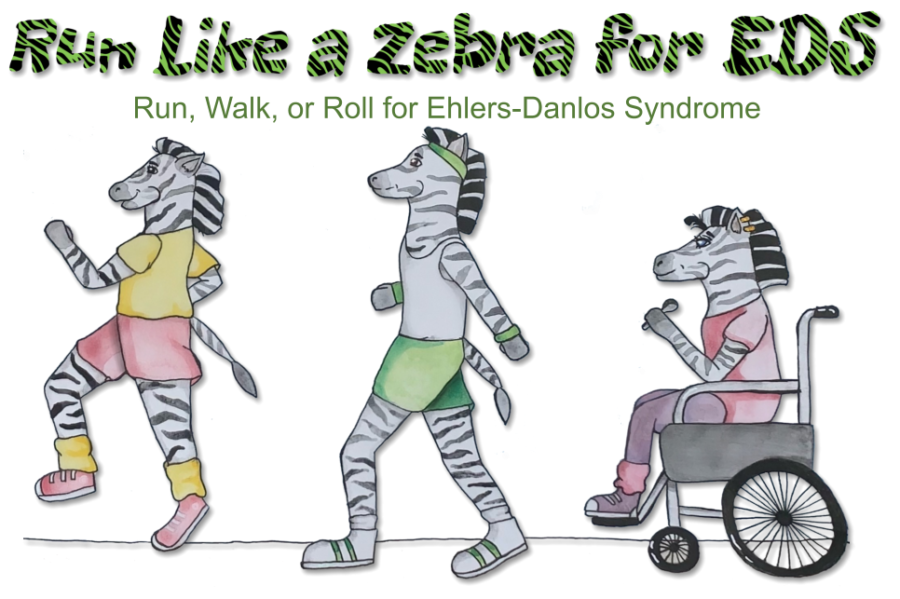
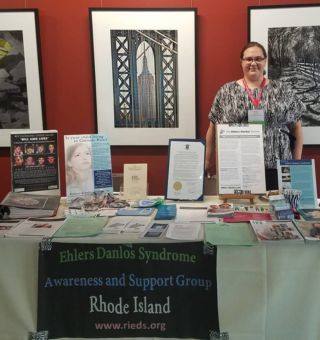


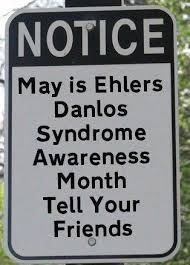
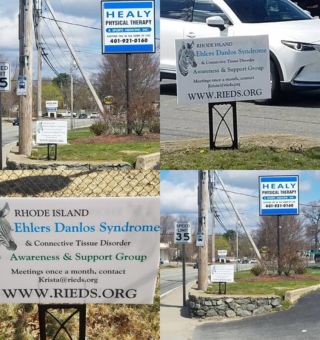
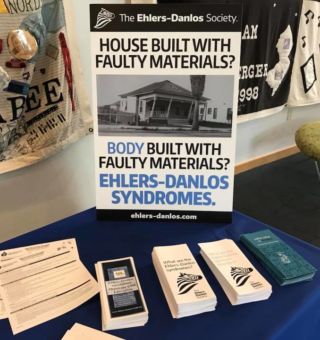





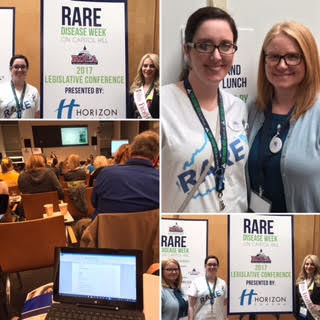


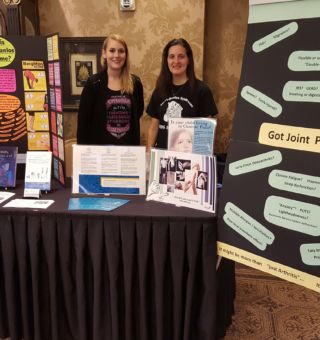






Yes, all of this. And it absolutely does extend beyond EDS. I’ve had the same experiences with clinicians regarding MCAS (Mast Cell Activation Syndrome), dysautonomia generally, and a pheochromocytoma (adrenal tumor). Thank you for writing about this. Only in the past several years have I seen this starting to be discussed in the literature. It needs to be discussed. Medical practitioners need to be trained better on not causing medical trauma and PTSD. There is much work to be done.